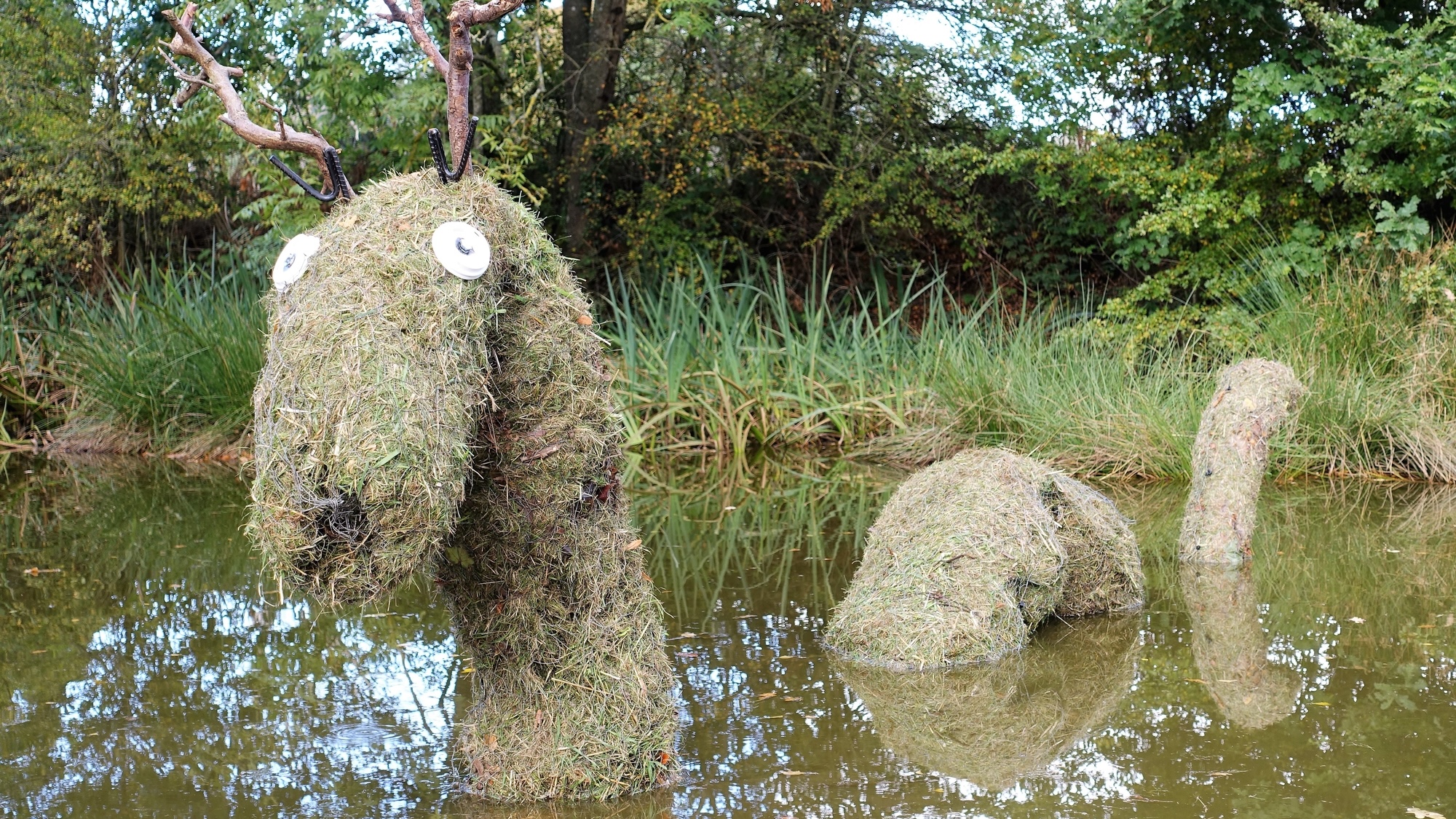The enduring mystery of the Loch Ness Monster has captivated generations, often fueling vivid popular culture depictions that portray a creature with distinctive humps or serpentine loops rising from the water. For decades, this iconic image has been cemented in the public consciousness through countless artistic renditions, particularly postcards and souvenirs, shaping perceptions of what the elusive beast might look like.
Recent scientific research, however, offers a compelling re-evaluation of these widespread portrayals, suggesting a significant divergence between popular myth and reported eyewitness accounts. Experts delving into historical archives have meticulously analyzed how the creature is depicted versus how it is actually described by those who claim to have seen it.
University of St. Andrews ecologist Charles Paxton and Adrian Shine of the Loch Ness Centre meticulously reviewed an extensive collection of archival material, revealing a fascinating insight into the creature’s popular imagery. Their findings indicate that a substantial portion—between 25 to 32 percent—of all Nessie-related postcards showcase a beast bending into one or more “hoops” or humps above the water’s surface.
This widespread artistic interpretation naturally leads to the assumption that such visuals are rooted in common sightings. One might reasonably expect the “real” Nessie, if it exists, to bear at least some resemblance to the creature emblazoned on various merchandise. This very hypothesis was central to the investigation conducted by Paxton and Shine.
Yet, the researchers’ exhaustive analysis of documented sightings within the Loch Ness Centre’s records brought forth a surprising counterpoint. Contrary to the prevalent pop culture imagery, only an incredibly small fraction—an estimated 1.5 percent—of all eyewitness reports actually describe an animal with these implausible hoops or humps.
As the researchers articulated, while images of such serpentiform animals have been common since the 16th century, the actual proportion of eyewitness reports, especially at Loch Ness, describing these impossible forms has historically been exceedingly low. This suggests a disconnect where visual media perpetuates a notion not strongly supported by direct observation.
The study underscores a critical point: eyewitnesses generally report what they perceive, not what is zoologically impossible. Despite the pervasive nature of the “hooped monster” in popular culture, it appears that actual encounters, even if ambiguous, rarely align with this fantastical portrayal, leading to a revised understanding of the famous mystery.
Consequently, the prevailing maxim regarding the Loch Ness Monster warrants an update: if it truly looks and moves like the creature often seen in popular culture, there’s a much higher probability it isn’t the actual elusive entity. This scientific scrutiny provides a fresh perspective, highlighting how cultural narratives can sometimes overshadow empirical observations in the realm of cryptids and folklore.






Leave a Reply